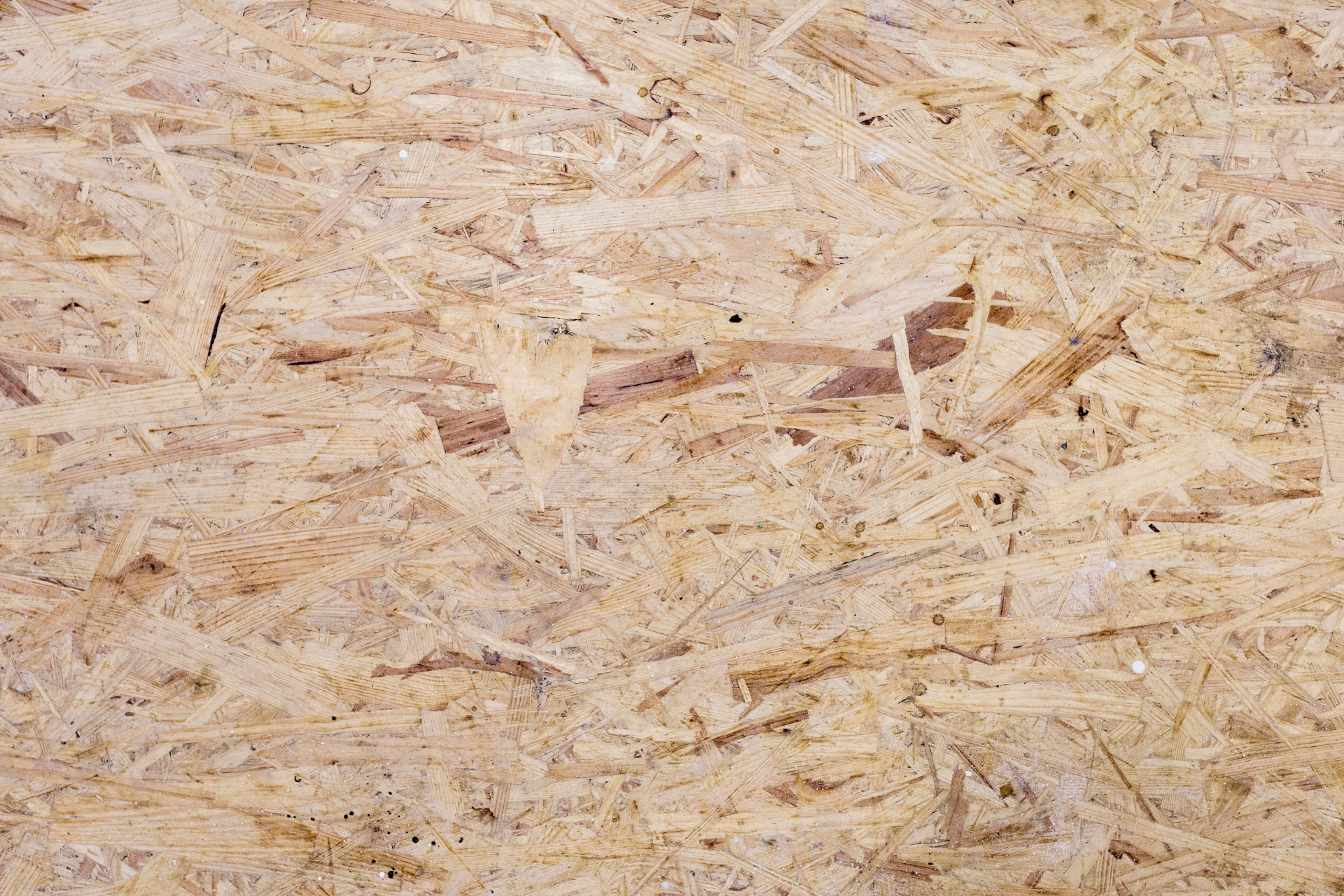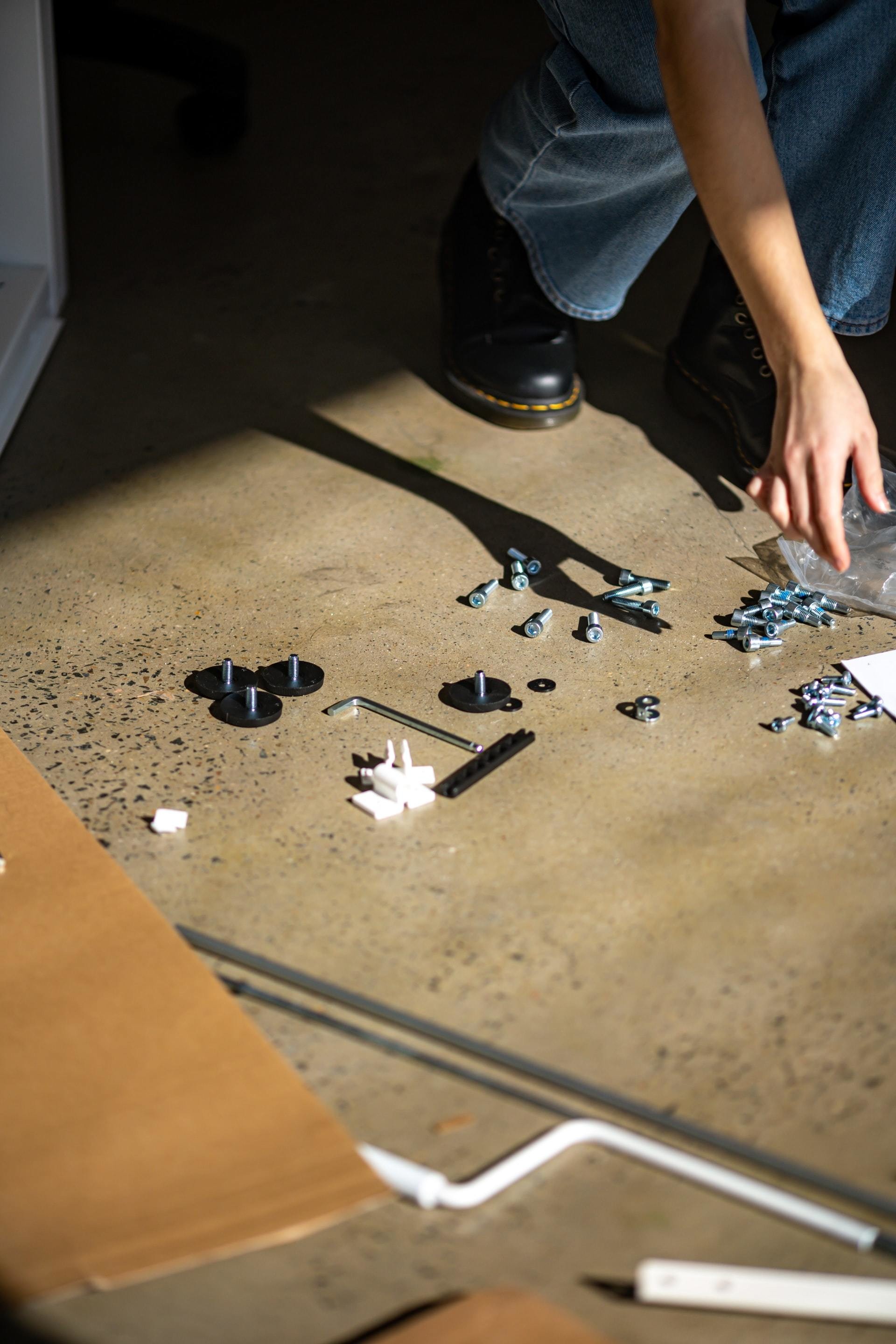What is Chipboard?
Chipboard is an eco-friendly substitute for your typical wood or timber. Chipboard is created by reconstituting discarded sawdust, particles, shavings or chips from woodwork, manufacturing or milling.
These recycled materials are pressed into layers using resin or binders to make the layers; adhesive is used to glue said layers together, giving you a cheaper alternative to natural timbers without losing any quality.
A large amount of heat and pressure is used in the manufacturing process of making chipboard. Chipboard or particle board is one of the many types of manufactured woods under the engineered wood umbrella and can be made to thickness, size or density.
Higher quality/grades of chipboards are often used with melamine to become more commercially attractive. You can often find chipboard in at least one application throughout any home.
Properties of Chipboard
While it isn't the prettiest type of wood, chipboard is one of the most cost-effective to produce, easy to DIY, versatile and similar to plywood while also being sold in 4 by 8 sheets.
Chipboard often comes in three types from normal, to medium, to high-density.
Chipboard is considered to be heavy and rigid but highly durable and even flame-retardant.
The biggest benefit to chipboard is the affordability; chipboard is often cheaper than rivalling manufactured wood such as MDF or plywood.
Chipboard is great for construction as its smooth surface allows it to be readily laminated without the additional need for tools or equipment.
Due to the nature of chipboard, it won't easily warp; this is especially good for flooring as it can get hot, liquids may be spilt and are under constant use.
Higher quality or high-density fiberboards such as chipboard can even be moisture and water-resistant.

Common Uses of Chipboard
Chipboard's most common use is in flatpack furniture, so much so it gave rise to IKEA and is in large part the reason for IKEA's success. Strong and sturdy with a low price point makes chipboard a DIY lovers dream and is cheap for many project or construction companies with some great benefits to boot.

Some examples of common uses for chipboard include:
Flatpack furniture
Floor decking
Framework
Kitchen cabinets
Veneered worktops
Work surfaces
Construction projects
DIY projects
Kitchen interiors
Kitchen cupboards
Headboards
Workspaces
Sheds and other garden buildings
Inner elements of furniture
Working With Chipboard
Because it isn't an attractive wood, it is typically covered up and is used as a foundation. Products you've used or own may include chipboard as a base or foundation, such as laminate flooring or kitchen countertops.
Lower quality or lower density chipboards aren't waterproof, meaning without proper protection, chipboards can absorb rain or water and swell. Due to the nature of chipboards being comprised of recycled wood rather than solid wood, water can weaken the chipboard or cause it to break apart; other examples include screws and nails.
Other disadvantages when working with chipboards are that chipboards aren't very practical, so they are used as internal foundations and are often covered up or coated. Another example of chipboards impracticality is that it is prone to rough edges, cracking and splintering when cutting.
Get in Touch
Contact us today for local timber delivery in Manchester and the surrounding areas.
Theos Timber are Manchester's leading timber merchants, supplying a range of timber and lumber products.
No project is too big or too small; get in touch to discuss your requirements.
Theos Timber
13 West St, Clayton, Manchester
Manchester
M11 4EF
